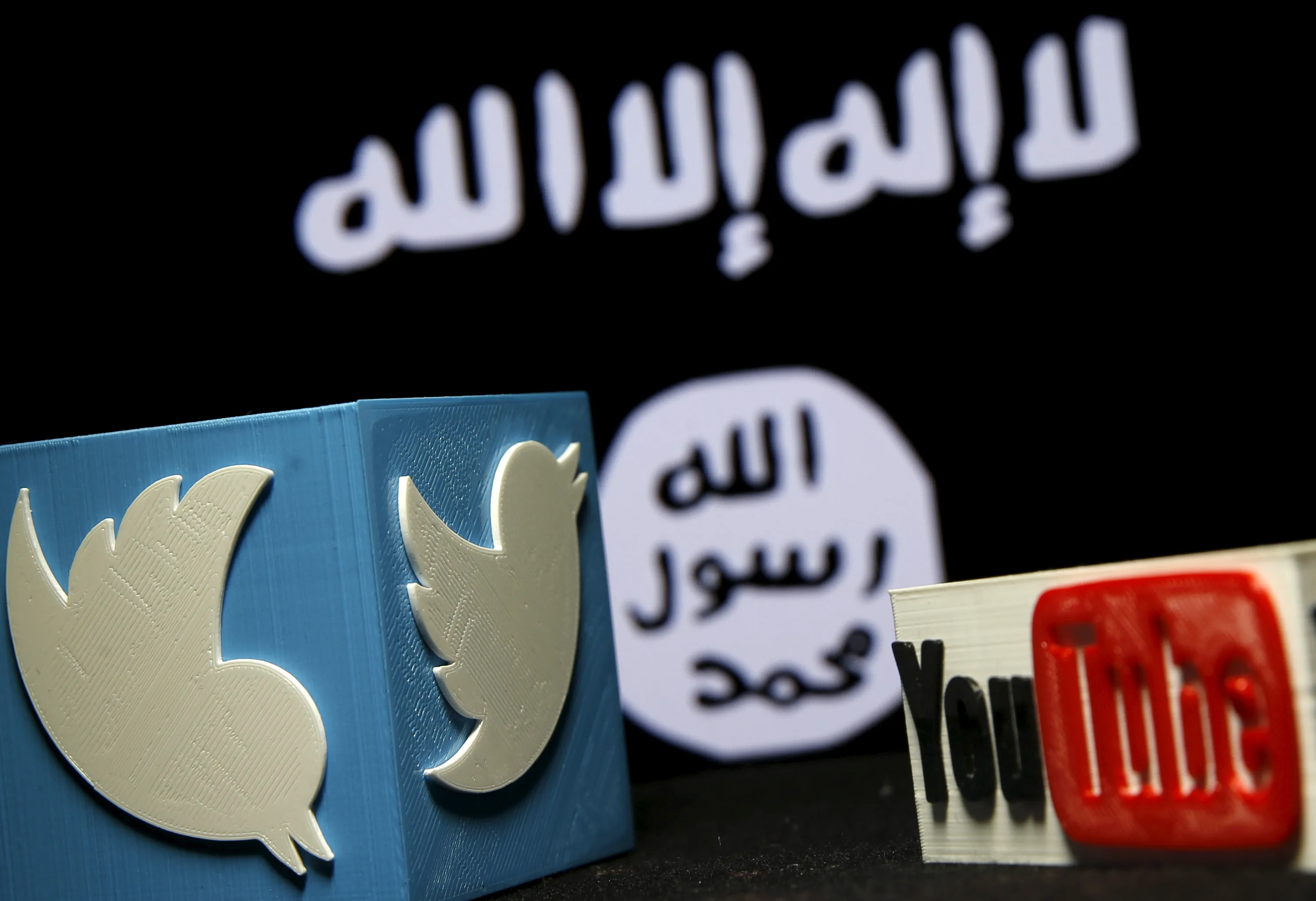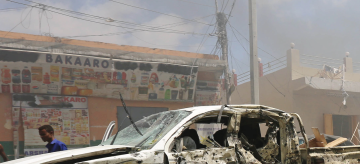Terrorism and the Media
How do terrorists use the media? From Osama bin Laden to the Islamic State, learn how terrorists use internet and media coverage to shape their goals.
In 1985, British Prime Minister Margaret Thatcher urged officials “to find ways to starve the terrorist and the hijacker of the oxygen of publicity on which they depend.” Three years later, she took her own advice and banned television and radio stations in the United Kingdom from broadcasting the voices of members of Irish paramilitary groups. The so-called British broadcast ban was just one chapter in the long history of the symbiotic relationship between the media and terrorists. From Russian radicals landing front-page coverage in the nineteenth century to present-day attacks captured on smartphones or streamed online, this uneasy dynamic has existed for more than a century.
Video Transcript: How Terrorists Leverage the Media to Promote Their Agenda
Throughout time, those drawn to terrorism have leveraged the media as an indispensable part of their arsenal.
Newspapers
One of the first groups to exploit the media’s power was a collection of Russian nihilists trying to overthrow the czarist system. When the group turned to violence and killed Czar Alexander II in 1881, newspapers around the world ran front-page accounts of the leader brought down by “nihilist Conspirators.”
It was a watershed moment. Radical groups saw the value of terrorism to promote their political agendas, and the value of the media to promote their acts of terrorism.
Television
Television offered even more value to terrorists, especially after the launch of the first TV satellite in the 1960s. In the following decades, high profile assassinations, hijackings, and bombings filled the airwaves.
It was a two-way street. In hot pursuit of ratings and beholden to a grim trope, media companies raced to cover terrorist attacks on their evening newscasts. In 1985, members of Hezbollah hijacked TWA Flight 847. During the seventeen-day hostage crisis that resulted, the three major U.S. networks broadcast nearly 500 news segments—an average of twenty-eight a day.
Fast forward to the 1990s when Osama bin Laden began attempting to engineer a media strategy to promote al-Qaeda and the group’s worldview. His disappointment with the success of this strategy further motivated bin
Laden to orchestrate spectacular attacks that would generate their own publicity, most notoriously on September 11, 2001.
In the days following 9/11, the three major U.S. networks set a record for continuous coverage, staying on air without commercials for more than 90 hours.
Social Media
Fast forward again to the post-9/11 world, where Facebook, YouTube, and Twitter have become regular destinations for billions. Terrorists now have the ability to circumvent traditional news outlets and directly market their cause to a global audience.
No group has exploited this new era better than the self-proclaimed Islamic State.
A 2015 study estimated that the group’s media offices were pushing out 38 pieces of digital content each day. That includes the brutal videos that make headlines, but also content touting general prosperity and military successes in ISIS-controlled territories.
What’s next?
This content strategy has not only inspired others to commit terrorism in the group’s name. It signals a new stage in the relationship between terrorism and the media, one in which low-tech attacks captured on smartphones can still provoke terror from the public, extensive news coverage, and often action from authorities.
It’s unclear how the relationship—one forged over centuries—will evolve. What is clear, however, is that it will endure.



